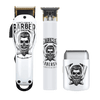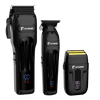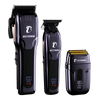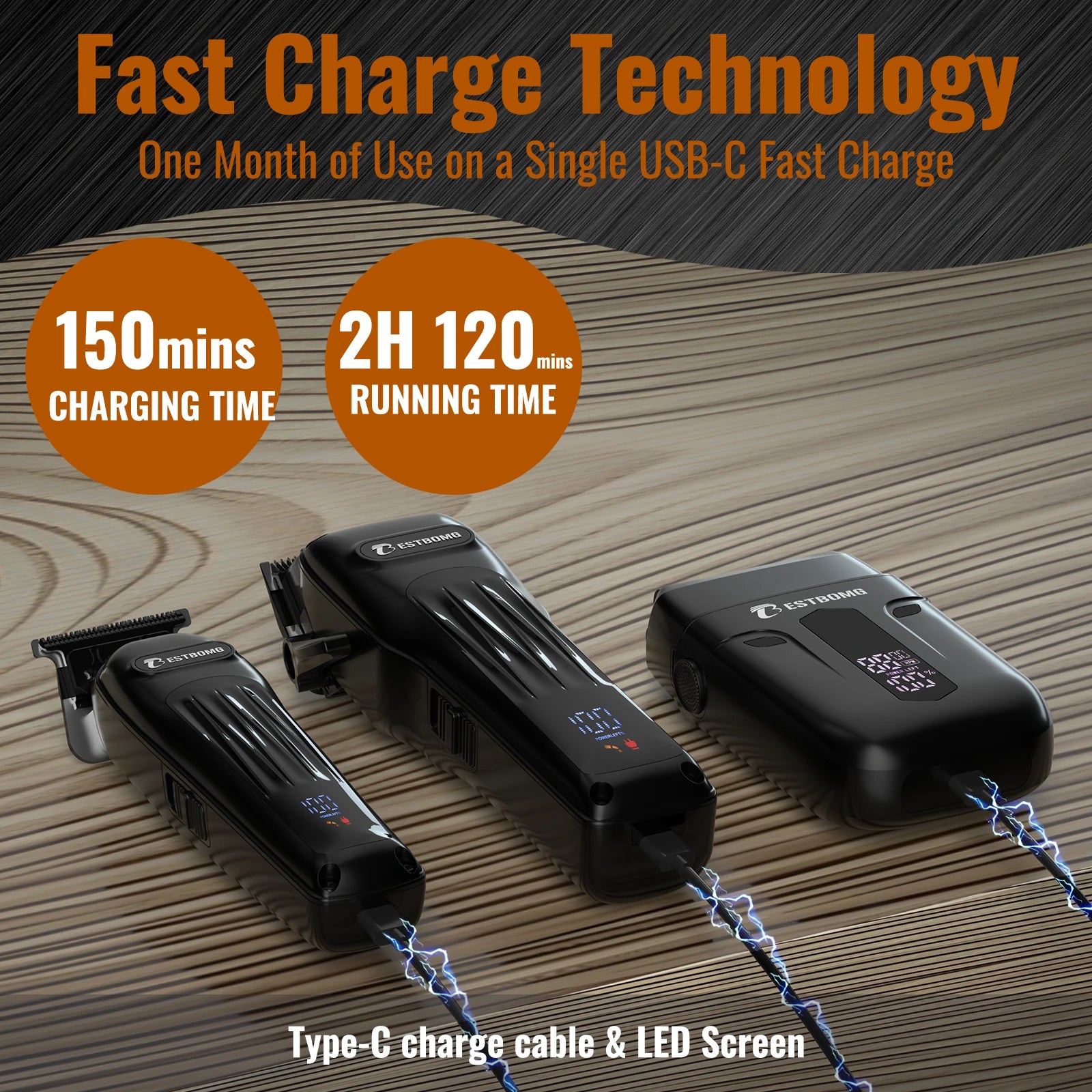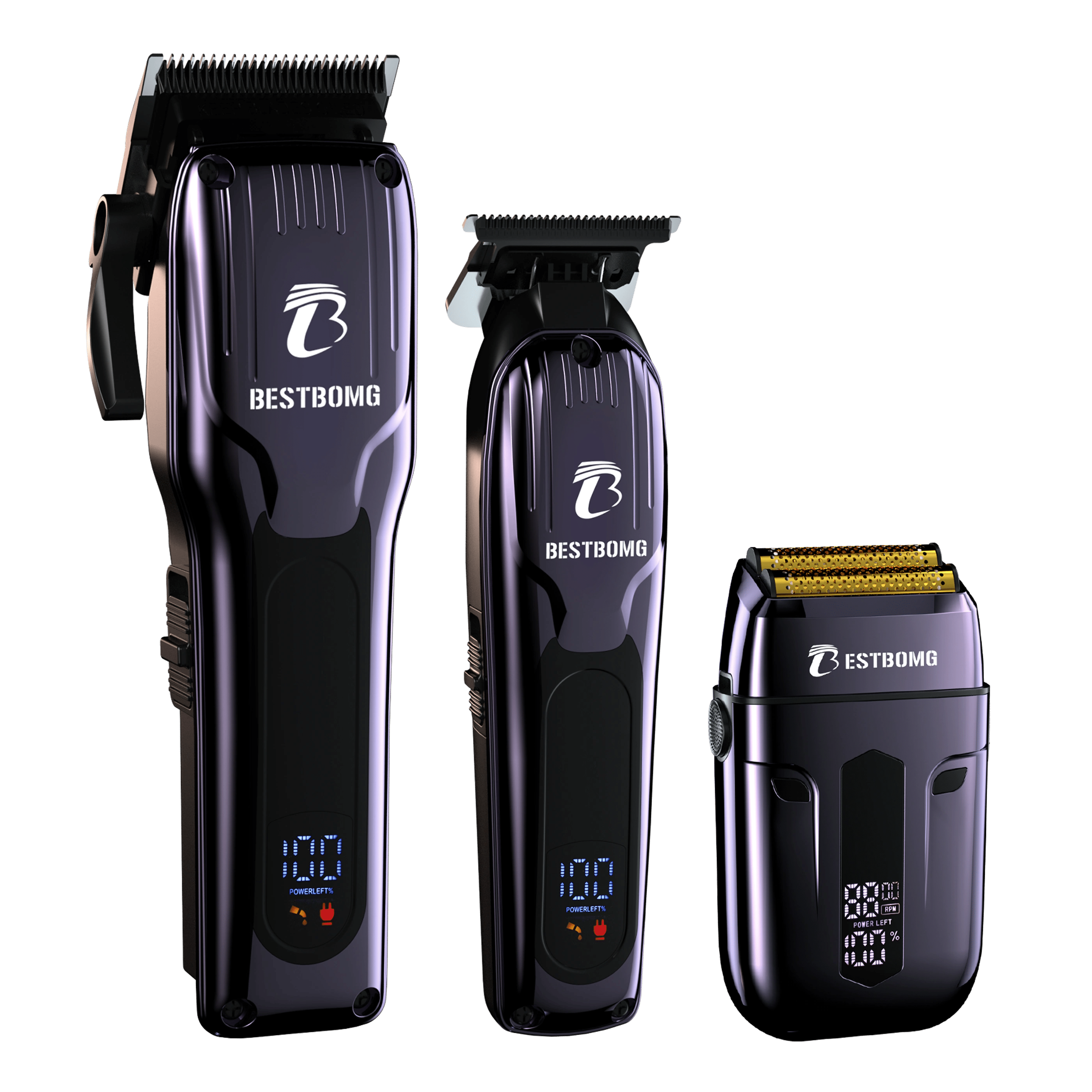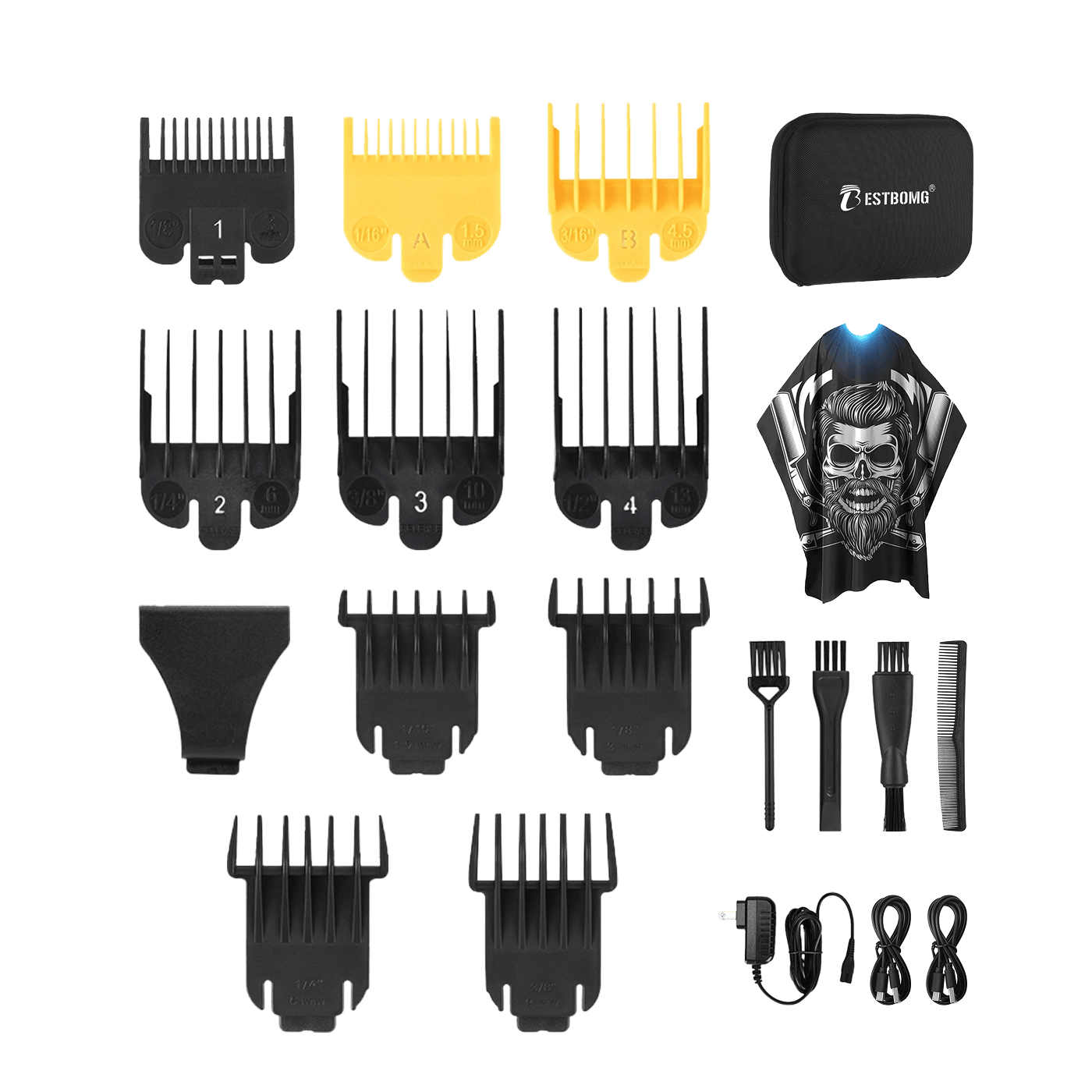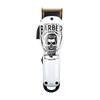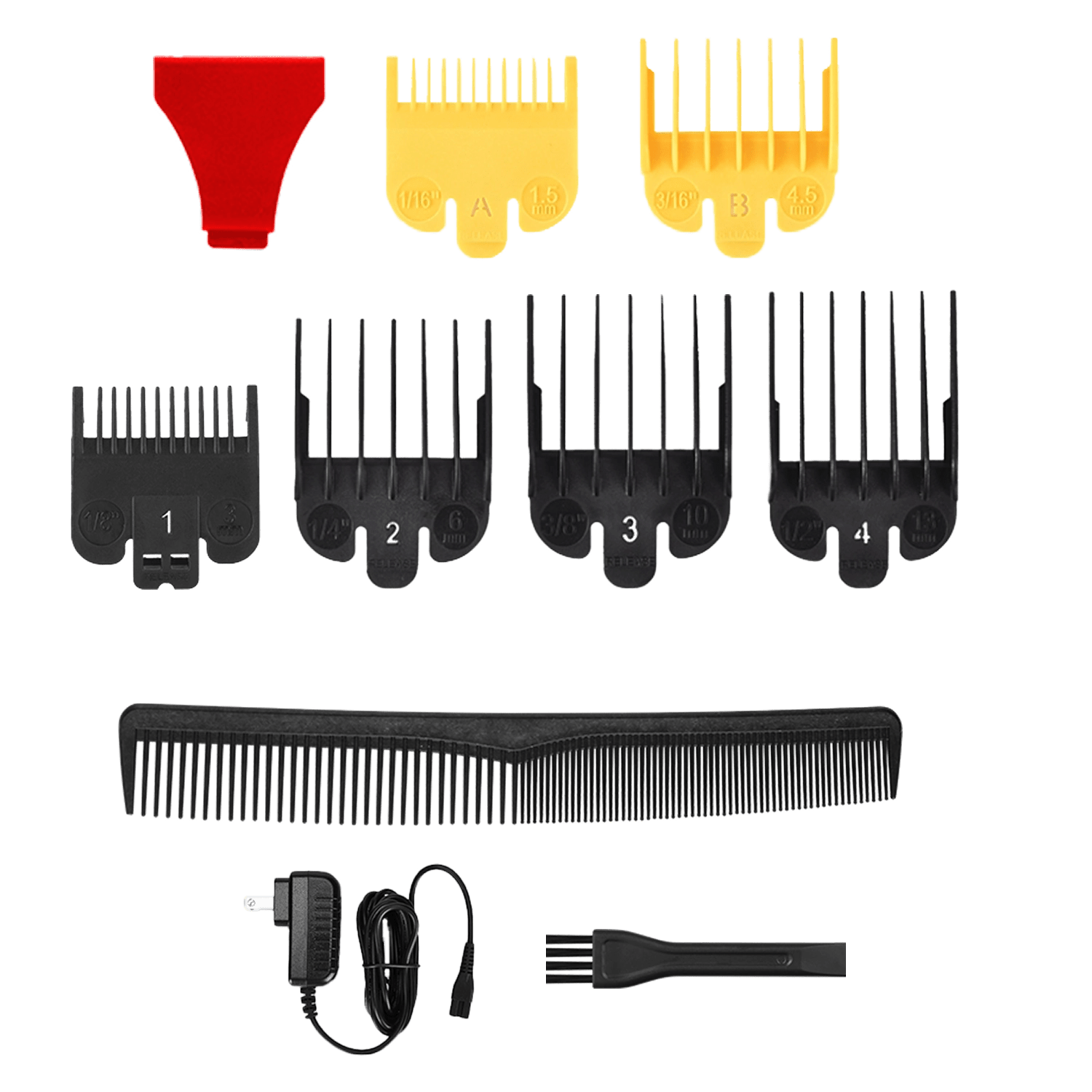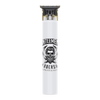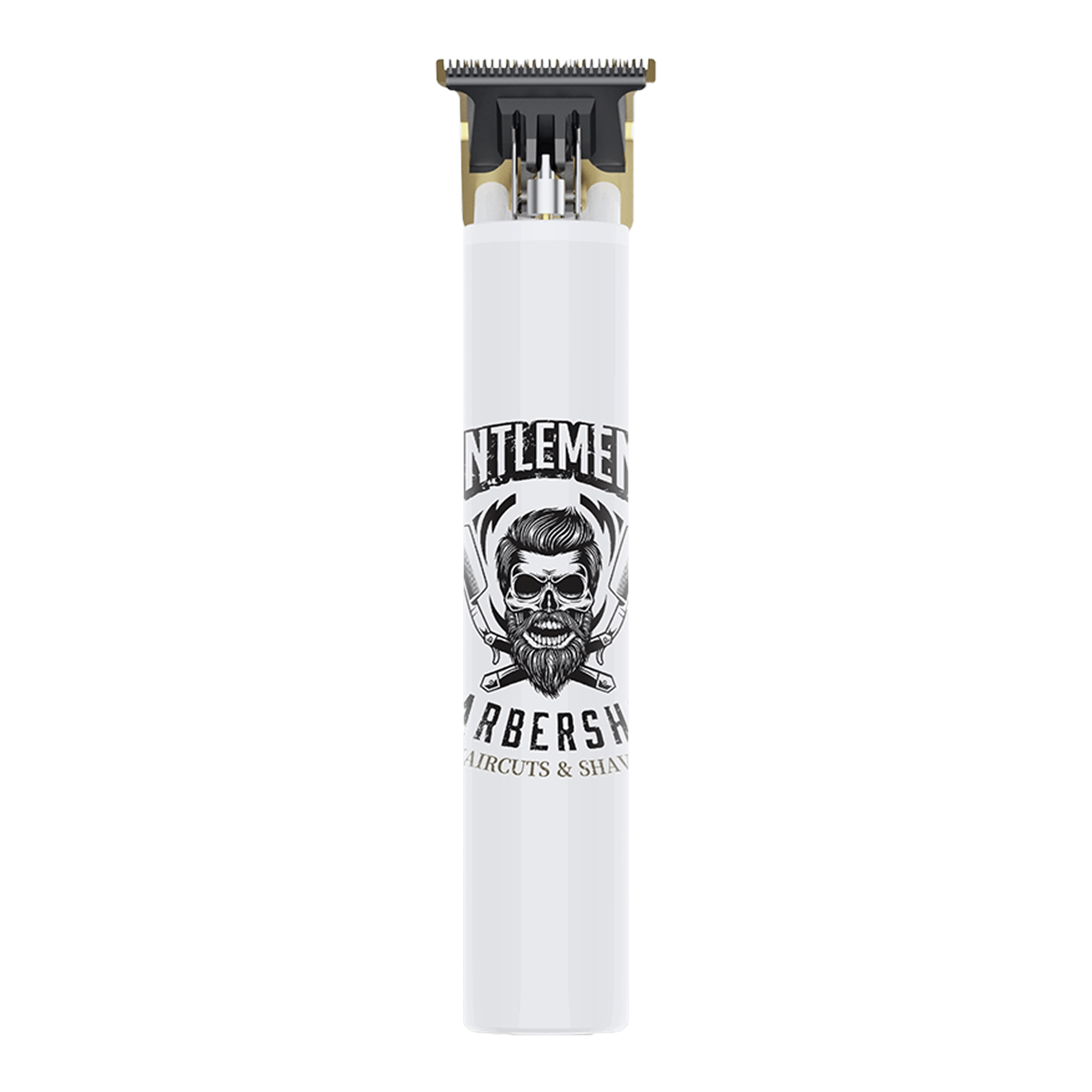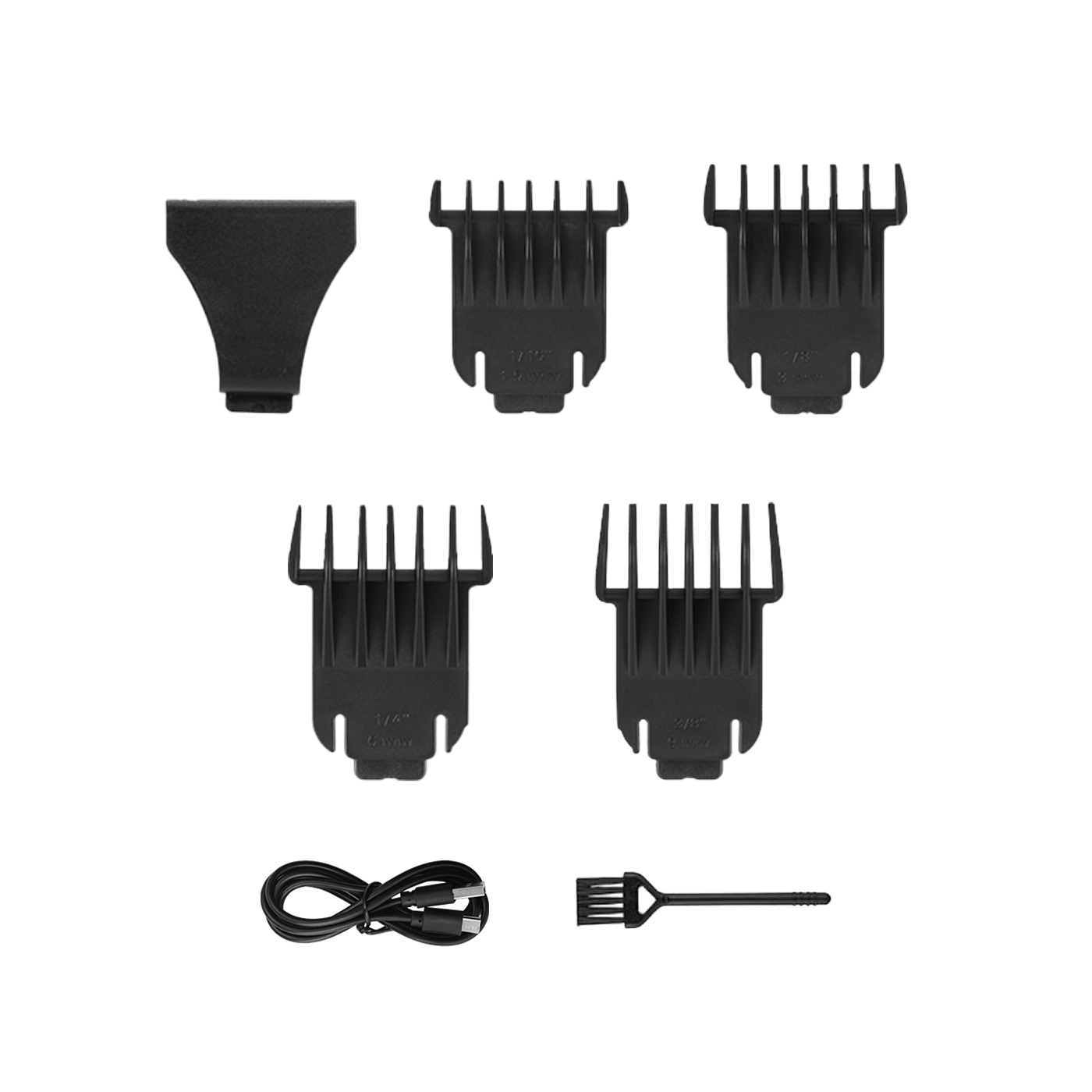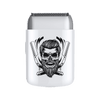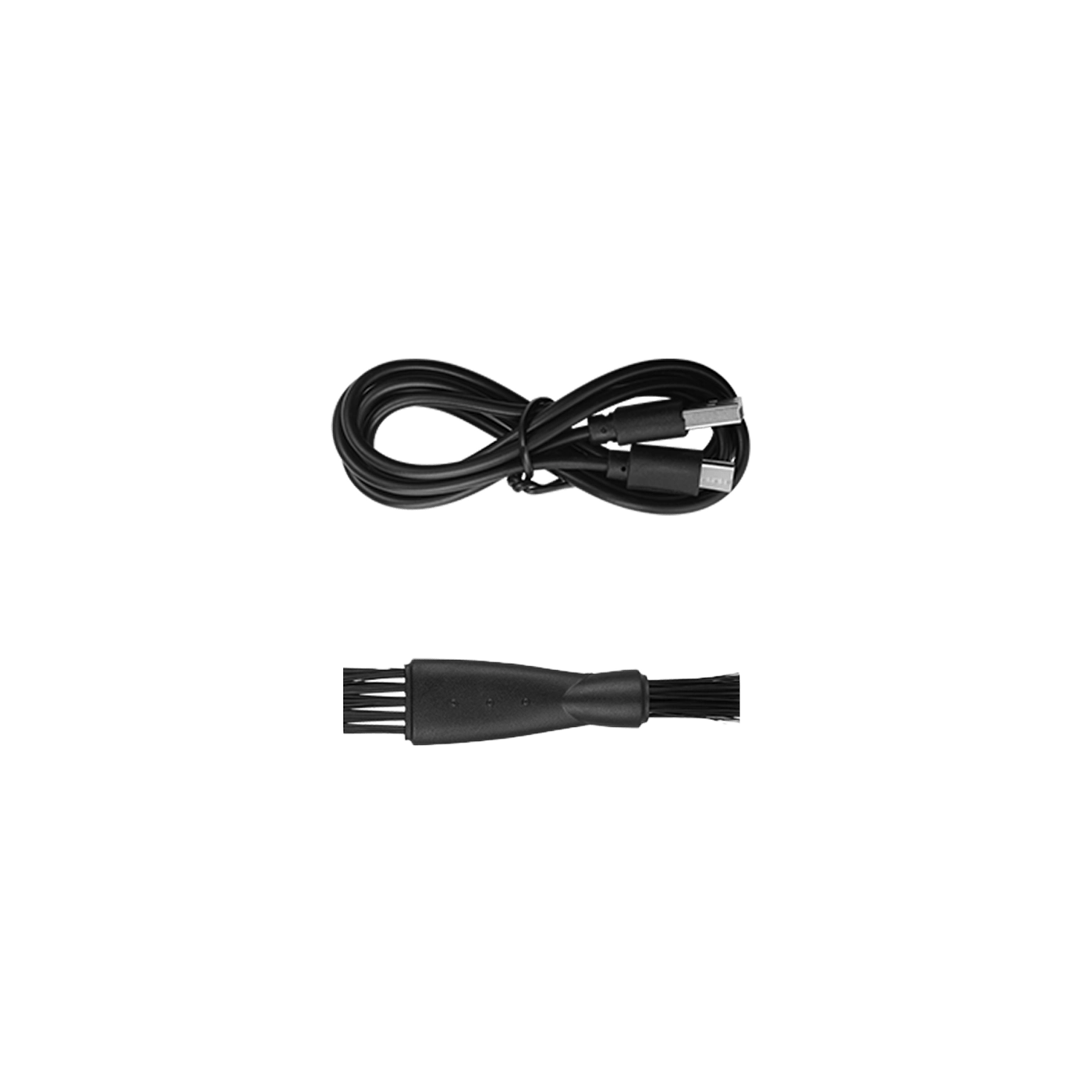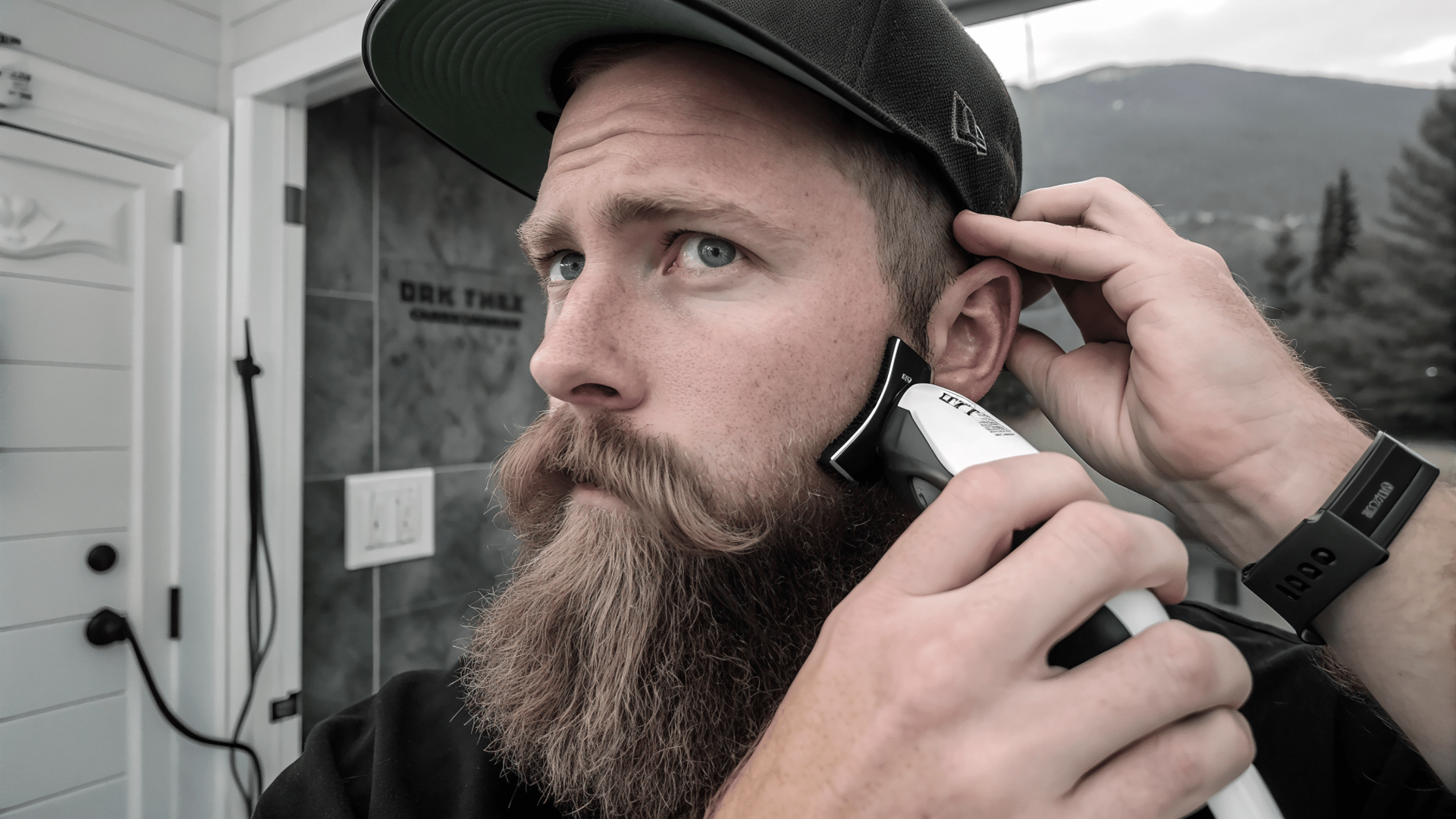Sideburns may seem like a small part of your hairstyle, but they can dramatically affect your overall appearance. Learning how to trim sideburns correctly is crucial for a polished, symmetrical look. Whether you’re a man shaping sideburns to match a haircut, a woman managing long hair framing the face, or someone maintaining a beard, proper sideburn care is essential.
This guide will teach you how to trim sideburns safely at home, the tools you need, and how to style them according to your facial shape and hairstyle.
Understanding Sideburns
Sideburns are the strips of hair that grow in front of your ears, extending from your hairline down to the jawline. They serve more than just a decorative purpose:
- Frame the face: Sideburns can highlight or soften your facial features.
- Balance hairstyles: Properly trimmed sideburns complement any haircut.
- Personal style: Sideburn length and shape reflect your personal aesthetic.
Before trimming, it’s important to know your desired style and length to maintain symmetry.
Essential Tools for Trimming Sideburns
Having the right tools makes sideburn trimming precise and safe. Recommended tools include:
- Hair Clippers: Ideal for men and anyone maintaining uniform lengths. Adjustable guards ensure consistent trimming.
- Beard Trimmers: Perfect for blending sideburns into facial hair and trimming short, precise lengths.
- Hair-Cutting Kits: Provide scissors, combs, and multiple guard lengths for versatile trimming.
- Electric Shavers: Smooth edges and clean finishes for polished sideburns.
Investing in quality tools ensures smooth trims without irritation or uneven cuts.
How to Trim Sideburns for Men
Men’s sideburns are typically aligned with the hairstyle and facial structure. Follow these steps for a clean, professional look:
- Wash and comb your hair: Ensures sideburns lie flat and are easier to cut.
- Determine the length: Decide if your sideburns should reach the middle of your ear, jawline, or another length.
- Use a guard on clippers: For an even trim, use a guard matching the desired length.
- Trim slowly: Start at the top near your hairline and move downward along the natural sideburn line.
- Check symmetry: Compare both sides in the mirror, adjusting as needed.
- Clean the edges: Remove stray hairs with a trimmer or electric shaver for sharp, defined edges.
Men with beards should blend sideburns seamlessly for a cohesive look.
Trimming Sideburns with a Beard

Sideburns that connect to a beard require careful blending:
- Choose the transition point: Decide where the sideburn meets the beard.
- Use a short guard: Start with a longer guard at the top and gradually shorten it as you reach the beard line.
- Blend evenly: Use a comb to align hairs before trimming, ensuring a natural taper.
- Edge with precision: Use a trimmer or shaver to define the lines for a clean finish.
Proper blending prevents a choppy or uneven appearance and maintains the flow of your facial hair.
How to Trim Sideburns with Long Hair
Women and men with long hair can still maintain neat sideburns:
- Isolate the sideburns: Use clips to separate the rest of the hair from the sideburns.
- Trim gradually: Use small, precise cuts with scissors or a short guard on clippers.
- Maintain symmetry: Check angles from multiple mirrors to ensure even lengths.
- Consider face shape: Longer sideburns can soften sharp jawlines, while shorter sideburns emphasize cheekbones.
Regular maintenance prevents long sideburns from blending awkwardly with the rest of your hairstyle.
Sideburn Styles to Consider
Sideburn styles vary depending on preference and face shape. Popular styles include:
- Classic: Straight and aligned with the top of the ear.
- Tapered: Gradually shortens from the hairline to the jaw.
- Extended: Longer sideburns reaching mid-jaw or below, often paired with longer hairstyles or beards.
- Rounded: Soft curves that complement softer facial features.
Choose a style that complements your haircut and facial structure.
Common Mistakes When Trimming Sideburns
Avoid these errors to achieve a polished look:
- Cutting too short: Can make sideburns look unnatural.
- Uneven trimming: Check both sides frequently to ensure symmetry.
- Ignoring face shape: Sideburns should balance your features.
- Rushing: Take your time to avoid mistakes and irritation.
Following a step-by-step approach prevents errors and ensures a professional finish.
Maintaining Sideburns Between Trims

Sideburn maintenance is key to keeping a consistent look:
- Comb daily: Prevent tangling and misalignment.
- Trim minor hairs: Use small trimmer adjustments between major cuts.
- Moisturize: Keep skin soft to reduce irritation.
- Check in different lighting: Ensures sideburns look even from all angles.
Regular care keeps sideburns tidy and stylish without daily full trims.
Tools and Products for Best Results
- Hair-cutting kits: Offer scissors, clippers, and combs for versatile trims.
- Beard trimmers: Ideal for detailed and precise sideburn shaping.
- Electric shavers: Clean edges and smooth lines with minimal effort.
- Combs and mirrors: Help guide cuts and check symmetry.
Investing in these tools simplifies trimming and ensures consistent results.
Tips for Girls Trimming Sideburns
Women often trim sideburns to remove baby hair or manage long hairstyles:
- Use small scissors or a precise trimmer for fine hairs.
- Trim in natural light to avoid overcutting.
- Blend into hairline: Avoid harsh lines for a natural look.
- Be gentle: Prevent irritation or redness on sensitive skin.
Following these tips ensures sideburns enhance your overall hairstyle.
Advanced Techniques for Professional Results
- Use a taper guard: Gradually shorten sideburns for smooth blending.
- Angle the clippers: Slightly tilt clippers to create a natural slope.
- Check symmetry frequently: Use multiple mirrors for consistent angles.
- Detail work: Remove stray hairs with a precision trimmer or electric shaver.
Mastering these techniques helps achieve salon-quality results at home.
Decision: Clippers vs Scissors vs Trimmers

Choosing the right tool depends on your style and precision needs:
- Clippers: Best for short, even sideburns.
- Scissors: Ideal for long or textured sideburns, or for small adjustments.
- Beard trimmers: Perfect for blending with facial hair.
- Electric shavers: Great for clean, sharp edges and touch-ups.
Using the correct tool simplifies trimming and ensures consistent results.
Care and Maintenance Tips
- Clean tools regularly: Prevent buildup and maintain sharpness.
- Oil clipper blades: Ensures smooth trimming without pulling hairs.
- Store safely: Protects blades and prolongs tool lifespan.
- Replace dull guards: Maintains even trims and prevents uneven cuts.
Well-maintained tools result in precise and safe sideburn trims every time.
Frequently Asked Questions
How often should I trim sideburns?
Trimming every 2–3 weeks keeps sideburns neat and aligned with your haircut.
Can girls use beard trimmers for sideburns?
Yes, precision trimmers or small guards are safe for trimming fine sideburn hairs.
How do I trim sideburns to match my beard?
Blend sideburns with beard length using a gradual taper, starting longer at the top and shortening toward the jawline.
Is it safe to trim sideburns at home?
Yes, with proper tools, lighting, and slow technique, home trimming is safe and effective.
Should sideburns match my face shape?
Absolutely. Longer or tapered sideburns can complement jawlines, cheekbones, and overall facial symmetry.
Conclusion
Trimming sideburns is a small yet essential part of grooming that greatly impacts your overall look. By learning how to trim sideburns with precision, using proper tools like hair clippers, beard trimmers, or hair-cutting kits, and following a consistent routine, you can maintain a clean, polished appearance.
Whether you’re a man, woman, or someone managing facial hair, understanding techniques, styles, and tools ensures professional-quality results at home.
Read more

How to Keep a Bald Head Smooth Without Shaving
Maintaining a smooth bald head can be challenging, especially if you prefer not to shave every day. Many men seek a polished look without the irritation, cuts, or frequent maintenance that come wit...
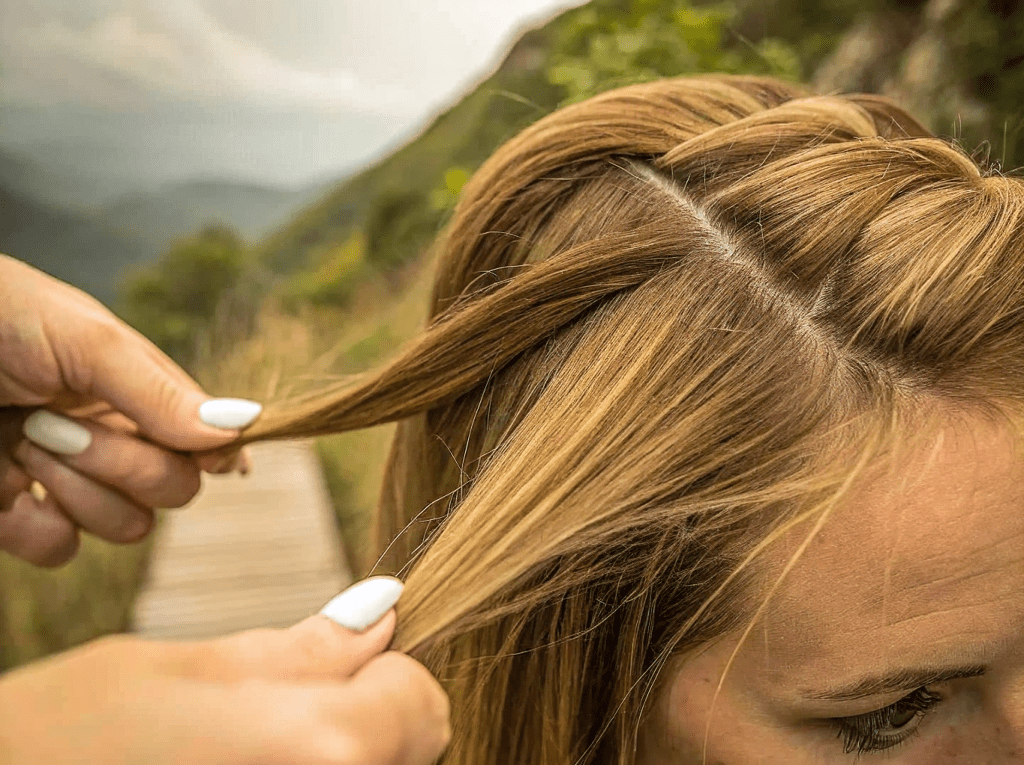
Hair Sections: A Complete Guide to Styling and Cutting
Whether you’re styling, coloring, or cutting your hair, understanding hair sections is crucial. Hair naturally separates into different areas, and knowing how to work with these sections makes groo...

